Morphological Approaches in Medical Technology
Stanford Develops an Electronic Glove That Gives Robots a Sense of Touch
Could ‘Iron Man’ style suit be the answer to the world’s biggest nuclear challenge?
Image: Robotic hopper
5 ways to help robots work together with people
NIDEC GPM Strengthens Innovative Capacity Thanks to Mobile Robots
Choose Your Cobot Vacuum Gripper Wisely
#274: IROS 2018 Exhibition (Part 1 of 3), with Gabriel Lopes and Bernt Børnich
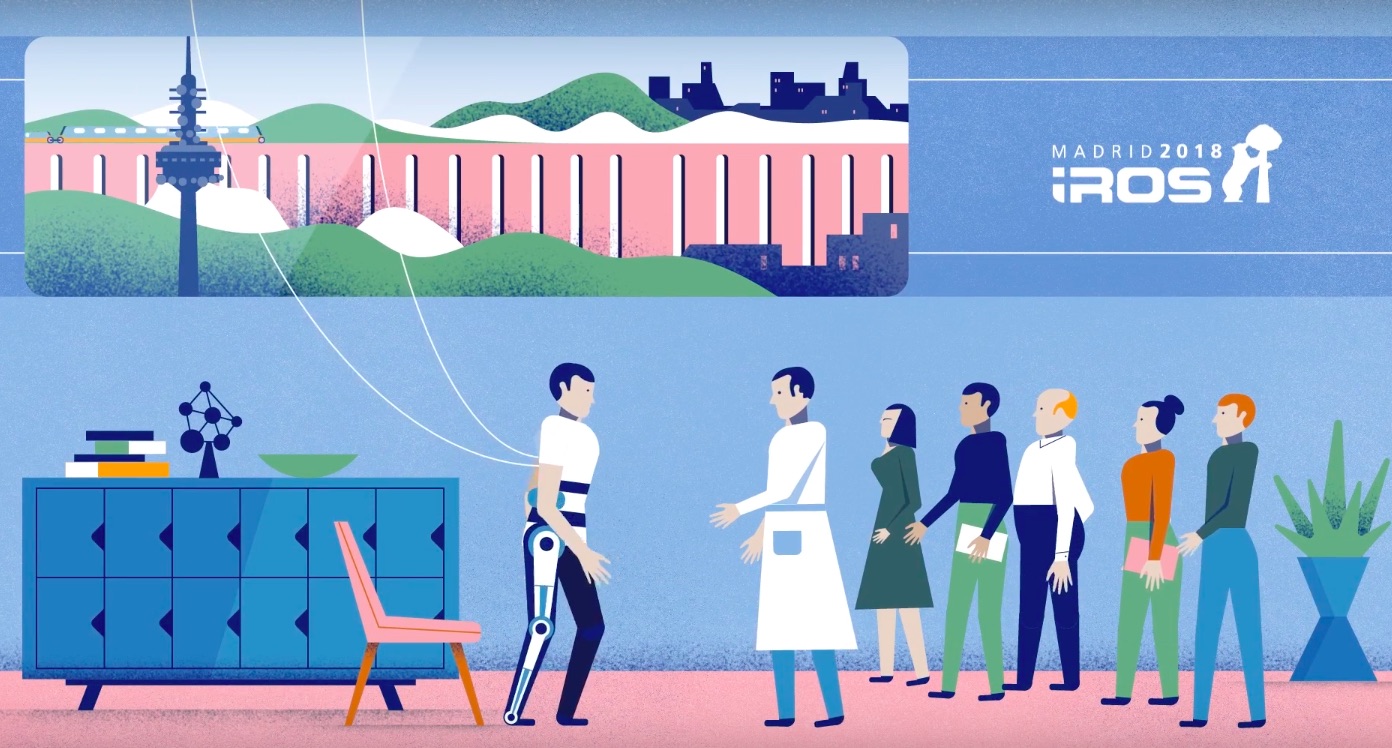
In this interview, Audrow Nash interviews Gabriel Lopes, Robot and Control Scientist at Robot Care Systems, and Bernt Børnich, CEO and Co-founder of Halodi Robotics.
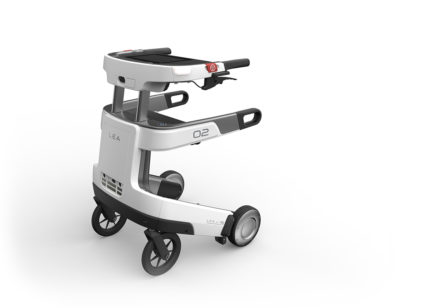
Gabriel Lopes speaks about an assistive walker with additional functionality. Lopes discusses how the walker can be used, including driving up to the person, helping them stand up, exercise, and make video calls. He also discusses building a software language for non-technical people that work with older adults. Lopes also speaks about the future of their company.
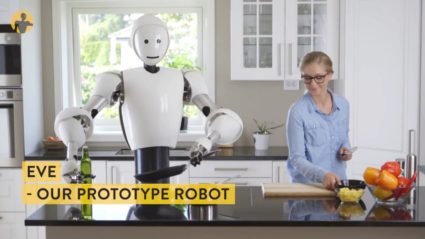
Bernt Børnich speaks about the humanoid platform at Halodi Robotics. Børnich’s long-term goal is to create an affordable home robot. He discusses the design and form factor of this robot. This includes the custom motor designed for high torque, and how the robot can “lean in” from a joint at its ankle. Børnich discusses the timeline, speculated cost, and working with investors on the long term goal of building an affordable humanoid robot.
Links
- Download mp3 (13.6 MB)
- Subscribe to Robots using iTunes
- Subscribe to Robots using RSS
- Support us on Patreon
Meet Lindsey: She’ll be your guide today
Robot carers could help lonely seniors—they’re cheering humans up already
Amazon AWS RoboMaker
Q&A with Cecilia Laschi – The Robotics Flagship
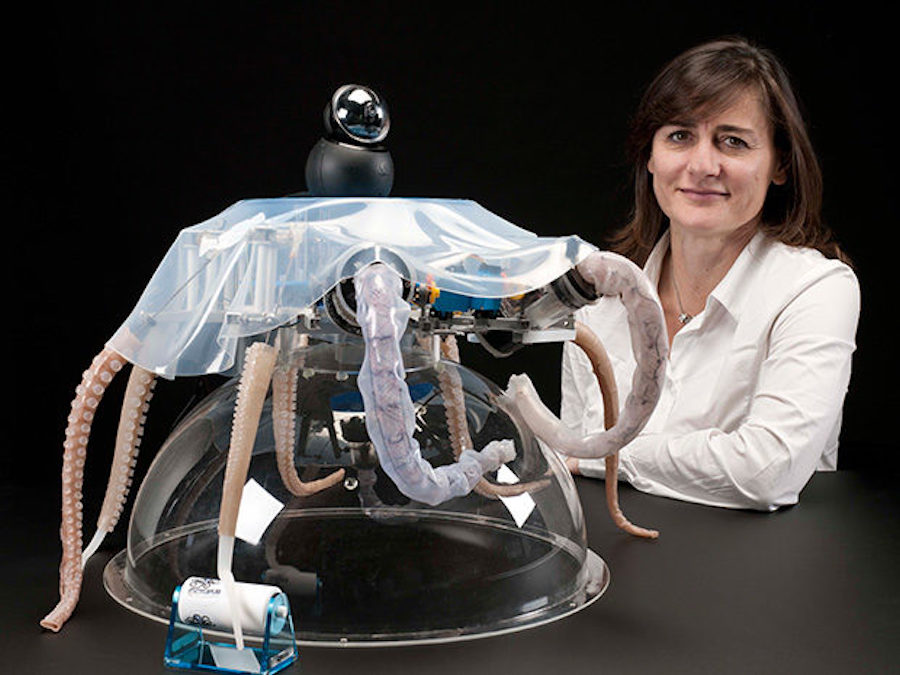 Why is a Robotics Flagship needed?
Why is a Robotics Flagship needed?
Robotics is a solid technological field, with important market opportunities. Europe contributed significantly to the growth of knowledge in this field and it is competitive, both in science and in industry. A European investment in robotics, with a long-term vision on the scale of a FET-Flagship, can take advantage of European competitiveness to boost industry and promote the robotics market expected across many service sectors. A public European initiative can also guarantee responsible robotics progress that produces beneficial socio-economic impacts, sustainable technological developments, welfare and jobs.
What challenges do we face in robotics?
Though solid and robust, robotics technologies still find natural environments and human interaction challenging. Some human activities are hard for robots, yet they are often the activities we would like robots to do, such as preventing danger to human lives, physical and mental stress, and humiliation. The challenge is making robots intelligent and adaptable enough to perform dangerous, arduous, annoying tasks for humankind, in our real world. This is due to challenges in the way robots are built. We need to make them more adaptable, flexible, and strong. They should perceive and understand their environment, be more intelligent and able to learn. They should also interact better with people, to make them more socially acceptable and intuitive to use. This new generation of robots should integrate smoothly in the environment by being energy-efficiency, and by limiting e-waste production,
But the challenges we have to face are not just technological: we need to devise the social and the economic models that can take advantage of robots at work and make an equitable use of the wealth produced.
What do we need to overcome these challenges?
We need to take advantage of current robotics technologies and current advances in other disciplines, to explore new approaches, combining interdisciplinary knowledge and methods. We should focus on the needs of potential users, being them companies, public bodies, citizens, in the variety of fields where robotics has potential for bringing benefits and progress.
What do you imagine will be the robot of the future and its role in society?
I envisage a variety of different robots in our future society, taking care of hard work, producing wealth for humans, helping humans in daily life and reaching areas humans cannot. The right question to ask is what role human beings should have in the future, and which technological progress is needed to fulfil this vision. By delegating hard and tedious work to robots, people can focus on the most rewarding life activities, involving social relations, creativity, personalised production, empathy.
Stay tuned for more Q&As from the Robotics Flagship. Results from the Preparatory Action application will be announced early December at the ICT Conference in Vienna.
Accessing the power of quantum computing, today
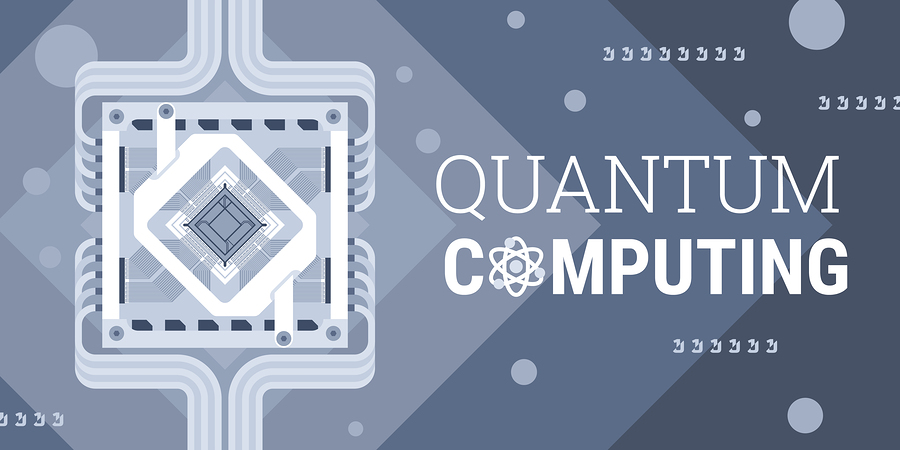
Two weeks ago, I participated on a panel at the BCI Summit exploring the impact of quantum computing. As a neophyte to the subject, I marveled at the riddle posed by Grover’s Algorithm. Imagine you are assigned to find a contact in a phonebook with a billion names, but all you are given is a telephone number. A quantum computer is able to decipher the answer with remarkable speed at a rate of .003% of today’s binary systems require one operation per line of data (in this case one billion).
European Robotics Week 2018 celebrated with 1200 events in over 30 countries
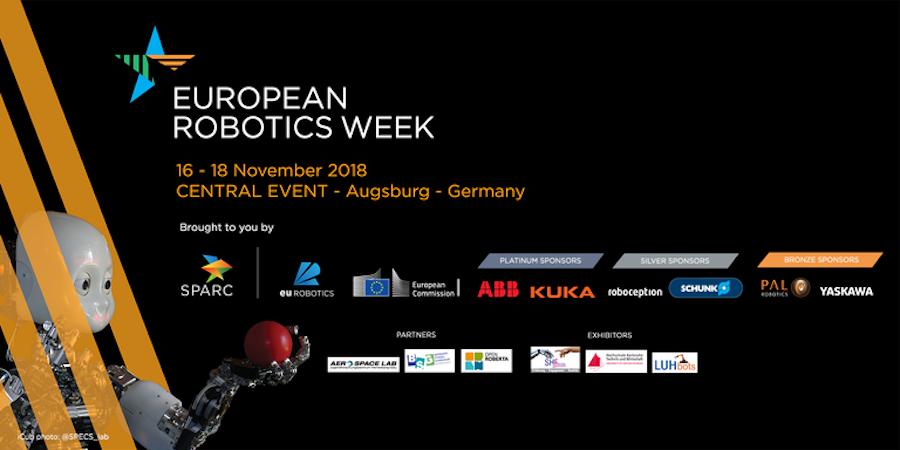
The European Robotics Week (ERW) is achieving a major success with around 1200 interactive robotics related events across Europe, showing how robots will impact the way we work, live, and learn both now and in the future. Every year the ERW changes the central event and hosts an eco-system of various engaging activities in the chosen location. From 16 to 18 November, Augsburg has been in the spotlight, hosting the Central event of the European Robotics Week 2018 with 1,500 visitors coming to the exhibition over the three days.
On Friday, 16 November, ERW2018 started with an Opening, gathering high-level representatives from industry, research, policy and politics, at the Augsburg Town Hall.

Photo: Lucilla Sioli, Director for “Artificial Intelligence and Digital Industry” at DG Connect, European Commission
“The European Commission has been investing in robotics research for over a decade. SPARC, the public-private partnership between the EC and euRobotics, has been particularly successful in bringing together the European robotics community. Europe aims to become world leader in cutting-edge technology and human-centric artificial intelligence (AI). The EC will publish in December a “Coordinated plan on Artificial Intelligence”, developed with Member States so as to address together societal needs such as healthcare, transport or climate change. Additionally, Horizon Europe (the research and innovation program) and the newly-proposed “Digital Europe” programme will address AI. The latter plans to devote about one quarter of its € 9 billion to AI, especially to increase Europe’s capacity in testing facilities as well as in digital capabilities of SMEs through support to digital innovation hubs.
We are also aware of the challenges related to robotics and AI. First, there are the ethical issues, like privacy, accountability, transparency, bias, etc. The Commission tasked a High-Level expert Group to draft a set of ethical guidelines on AI by March next year. Stakeholders from all over Europe are invited to contribute through the “EU Alliance platform”, available online. Guidelines will also help address fears associated to robots, very common in the media. The European Robotics Week can also help and show what robots can really do. With over 1000 events in more than 30 countries, we hope that the European Robotics Week will attract young people. It will be their opportunity to choose careers in this field. We need more young people active in these areas. Shortages in skills in engineering, or in data science, risk to block developments and need to be addressed”, explained Lucilla Sioli, Director for “Artificial Intelligence and Digital Industry” at DG Connect, European Commission.
From Friday 16 to Sunday 18 November, a robots exhibition, several public talks and activities for adults and children were offered at the Zeughaus.

Photo: Vito di Bari, world’s premiere futurist, innovation strategist and inspirational keynote speaker
“Automation means more work in less time. Consequently, employment goes down, which means prices go down as well. In response to this, demand raises, and employment goes up again. There is one thing we cannot do: we cannot upload new software to people. We need new people with new skills. This has happened already with the automobile industry, the ATM and computers. This is the automation paradox. By 2030, 47% of jobs could be automated, however 565 million more jobs will be created. Not only are we not going to lose jobs because of robots, but jobs will double. Robots will be man’s best friends in the future”, said Vito di Bari, world’s premiere futurist, innovation strategist and inspirational keynote speaker during his presentation “Robots, AI and the Future – Technology vs. Humanity”, held on 17 November, at Zeughaus.
Photo: Group of children and teachers from Bosnia and Herzegovina
A group of 30 children and 10 teachers from Bosnia and Herzegovina, supported by euRobotics and the British Embassy in Sarajevo, visited Augsburg and the robots’ exhibition. “The Central event of ERW2018 in Augsburg was the very first opportunity for children from Bosnia and Herzegovina to see and interact with real industrial and humanoid robots. For some of them this was the very first visit to another country. The educational trip paves the way for the future organisation of even more robotics events in Bosnia and Herzegovina”, said Maja Hadziselimovic, National Coordinator of the European Robotics Week in Bosnia and Herzegovina.
Pictures gallery (credits: Visual Outcasts): https://www.eu-robotics.net/sparc/newsroom/galleries/erw2018-pictures-gallery.html
What is happening in Europe?
Around 1200 events showing how robots will impact the way we work, live, and learn have been announced so far. Robotics researchers, Universities and Industry opened their doors Europe-wide, from the very West in Spain to Romania in the East, from far North in Finland, to the Southern reaches of Cyprus.
In Southern Europe, the Italian Scuola di Robotica is organising over 360 events, and in Spain, 300 events are planned, out of which 190 are in Catalonia. Cyprus is organising over 60 events.
In Western Europe, Germany is organising over 130 events, on various topics, with open doors by companies and research institutes alike. In Brussels, Belgium, La maison du livre is proposing some 20 creative events about robots and artificial intelligence, combining cultural, economic, environmental and artistic perspectives.
East Europe is focusing on extending access to new technologies for all. In Romania, e-Civis, the organiser of the European Robotics Forum 2019, is teaching the teachers how to integrate robotics in the curricula and has planned some 60 events. Bosnia Herzegovina and Hungary both organise kids’ workshops on programming and competitions.
See the full list of activities: www.robotics-week.eu
Background of the European Robotics Week
ERW was conceived with the desire of the European Robotics community to bring robotics research and development closer to the public and to build the future Robotics Society. Many more than 500,000 people across Europe have been part of ERW since its first edition in 2011. The European Robotics Week is organised under SPARC, the public-private partnership for robotics between euRobotics and the European Commission.
European Robotics Week 2018 (ERW2018) will take place around Europe on 16-25 November 2018.